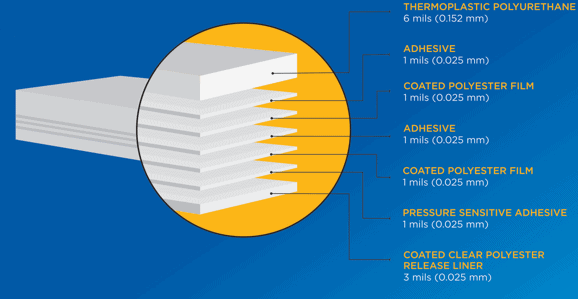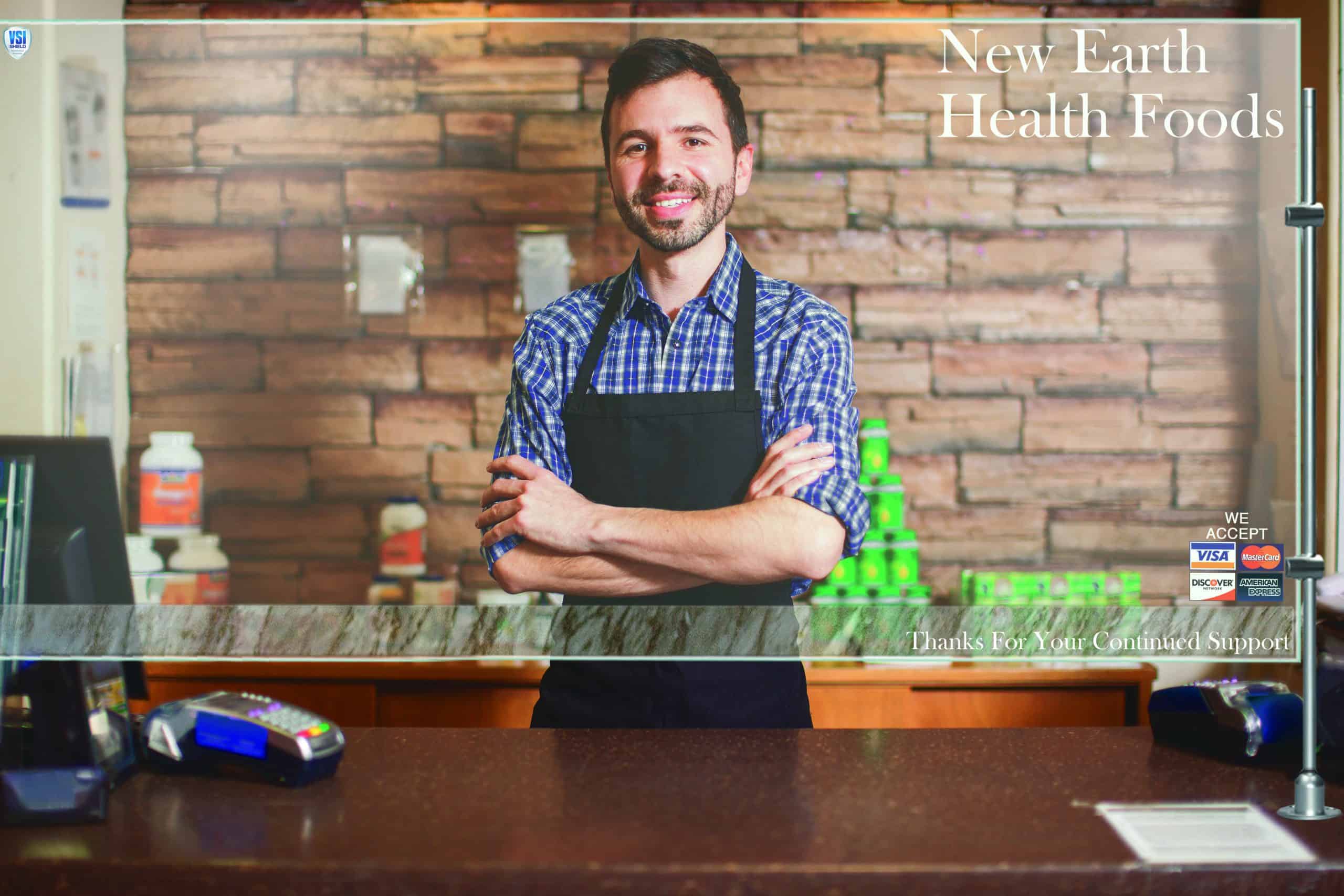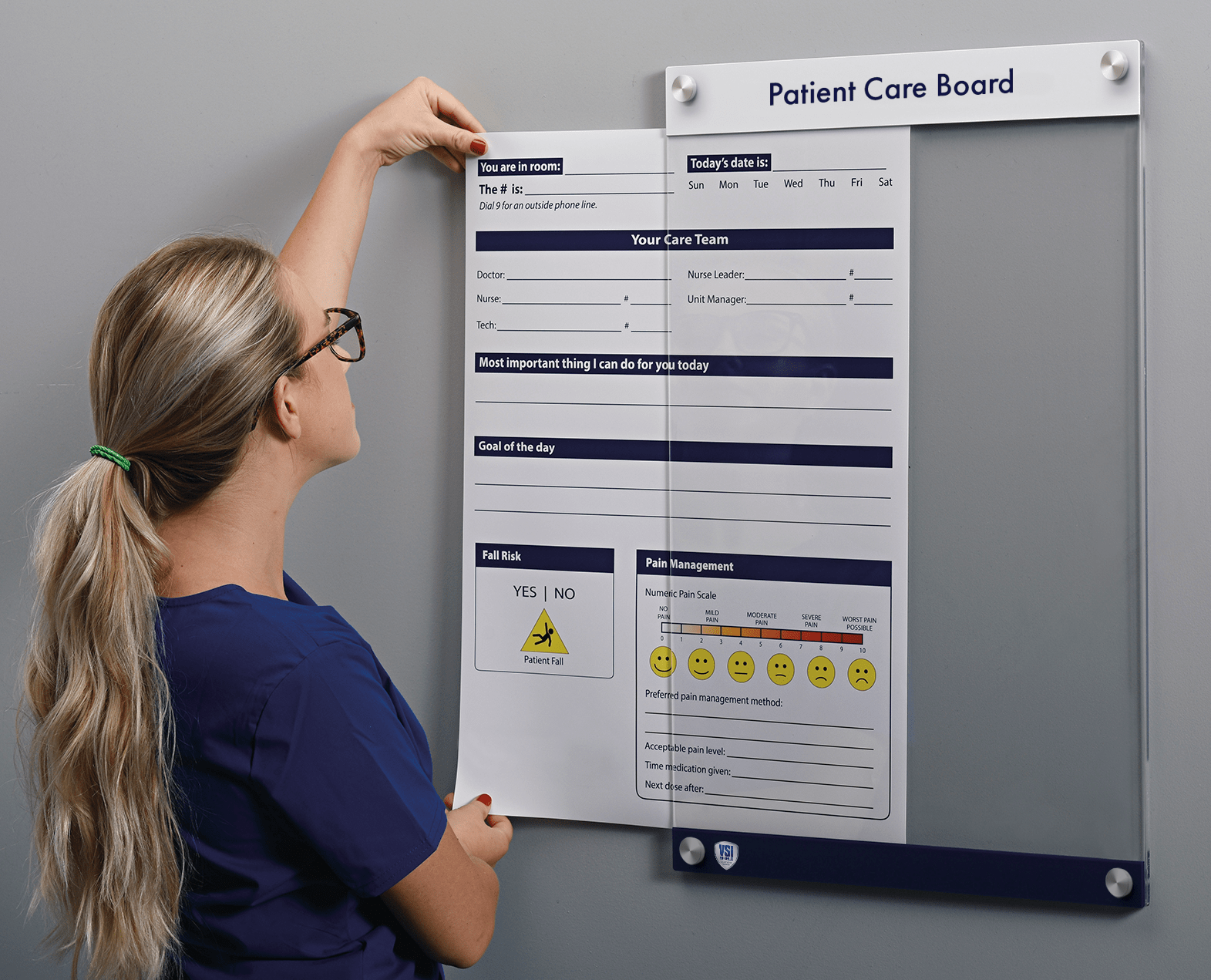We’ve already discussed and highlighted the 6 benefits of wayfinding signs as well as the various types of wayfinding signs. Now let’s talk about what you need to do to ensure your wayfinding system is successful. Here are 5 best practices to ensure you achieve success with your wayfinding systems.
- Identify a Naming Convention
If you have a particularly large complex, then you may need signs numbering in the dozens and even hundreds. When developing signage to that scale you need to keep in mind that a sign in one building representing an office or break room for instance should look the same, and read the same, as a sign representing an office or break room in another part of the building.
Wayfinding signage is at its best when it’s recognizable even for just a quick glance, and maintaining a naming convention for your spaces will help with this.
- Setup Wayfinding Signage For Easy Maintenance and Change
Wayfinding signage’s lifespan can vary depending on the needs of the business and the static or dynamic nature of the physical space itself. Construction of an additional building on a campus for instance, college or corporate, would mean there would be a need for additional signage. This signage should match the existing signs, and that can mean the need for additional investment. Additional digital signage therefore can be quite an investment. However, if an entire department changes
Not everyone can purchase a wayfinding system with digital signage throughout, and even when you do you need to ensure you have employees at your office, or a partner, who can input messages and serve as a contact or source for any repair needs.
- Future-proof and Value Add
Though digital signage requires a greater initial investment, you may also find additional value in your sign system as you find or develop new uses for your signage. Digital signage can add potential marketing abilities, internally or externally, and if the latter you might be able to charge for commercial use or advertisement. Overtime these ads can help the return on investment of your digital wayfinding signage.
If you’re considering using physical wayfinding signage though, then future-proofing signage may look a little different. In this case, you’ll need to consider developing a partnership with a sign company that can routinely provide updated signage to your wayfinding systems.
- Clear and Concise Messaging.
Wayfinding signage needs to be read at varying speeds. You’ll want to consider this when developing your wayfinding system, and while most may be able to read at a slower pacec you have to keep in mind especially those folks hurriedly trying to find their destination. Simple and clean sign design can help convey the message you want the receiver to understand. Convoluted messaging, smaller text sizes, and ornate fonts would muddle the message.
- Standard Positioning and Placement
Probably one of the most crucial aspects of an effective wayfinding system is the physical locations of the wayfinding signage itself. ADA signs are required by law to be positioned in specific locations; however, for those that aren’t required to be ADA compliant, there’s more leeway. Even so, you should still design the system so that if you entered any room in the complex a visitor would know where to expect the signage to be.
If you consider an airport with an effective wayfinding system, you know after spending just a little time inside that all the Gate #’s are positioned in the same space. This is so passengers do not have to spend an exorbitant amount of time looking for their gate. You may also be thinking of an airport with a poor wayfinding system that you have visited, and if so you may be thinking now of how this poorly affects passengers’ moods, the time it takes to go through the airport extends, and this could ultimately lead to missing one’s flight.
Conclusion:
As you’ve seen, Wayfinding is used across various industries, from health care, aviation, schools, businesses, and so many more industries we have not yet touched on. Though there are unique challenges and needs for each, developing a comprehensive wayfinding system with these best practices in mind will help your wayfinding system achieve the success you want.
To help further the success of your wayfinding system, consider partnering with a sign company like Ortwein Sign. We have the knowledge and know-how to fabricate, install, and service your wayfinding system and signs. Call us today at (423) 867-9208 or contact us online to see how we can help solve your wayfinding problems!
References:
ACRP Report 52: Wayfinding and Signing Guidelines for Airport Terminals and Landside
Where Am I Going? Wayfinding best practices and guidelines (EPAM Continuum)








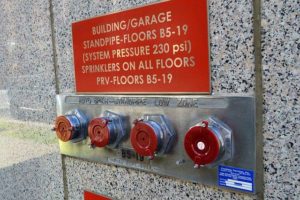
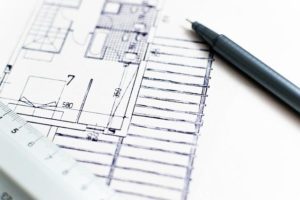
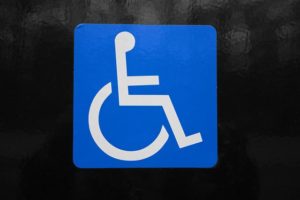
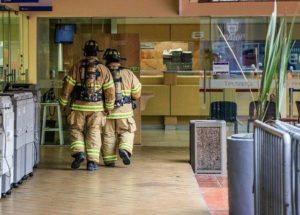
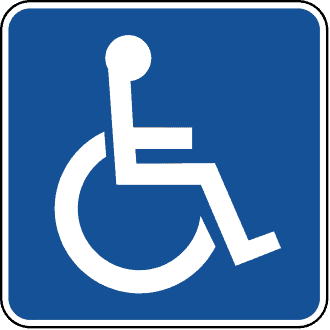
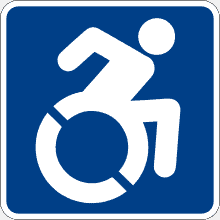
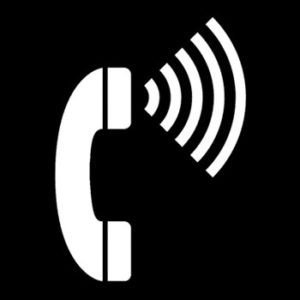
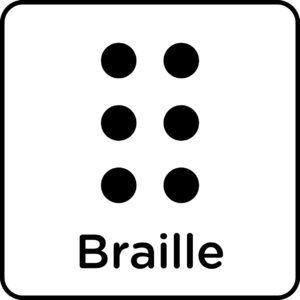
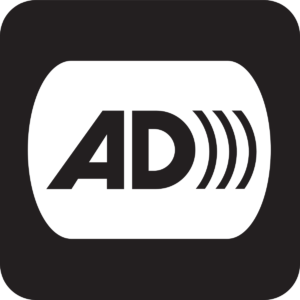
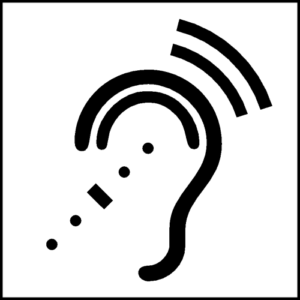
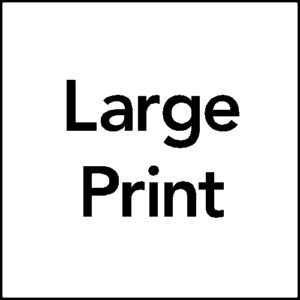
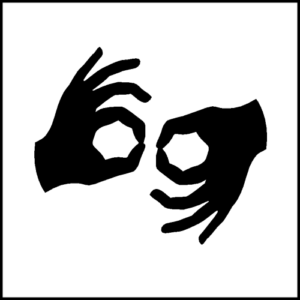

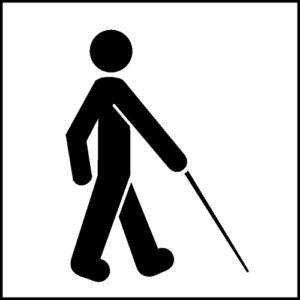
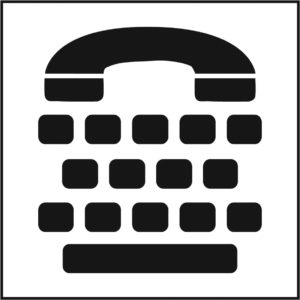
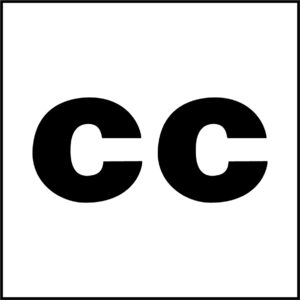
![[Total Number of ADA Title III Federal Lawsuits Filed Each Year January 1, 2013 – December 31, 2021: 2013: 2,722; 2014: 4,436 63% increase over 2013; 2015: 4,789 8% increase over 2014; 2016: 6,601 38% increase over 2015; 2017: 7,663 16% increase over 2016; 2018: 10,163 33% increase over 2017; 2019: 11, 053 9% increase over 2018; 2020: 10,982 1% decrease from 2019]](https://www.adatitleiii.com/wp-content/uploads/sites/121/2021/02/Yearly.png)
